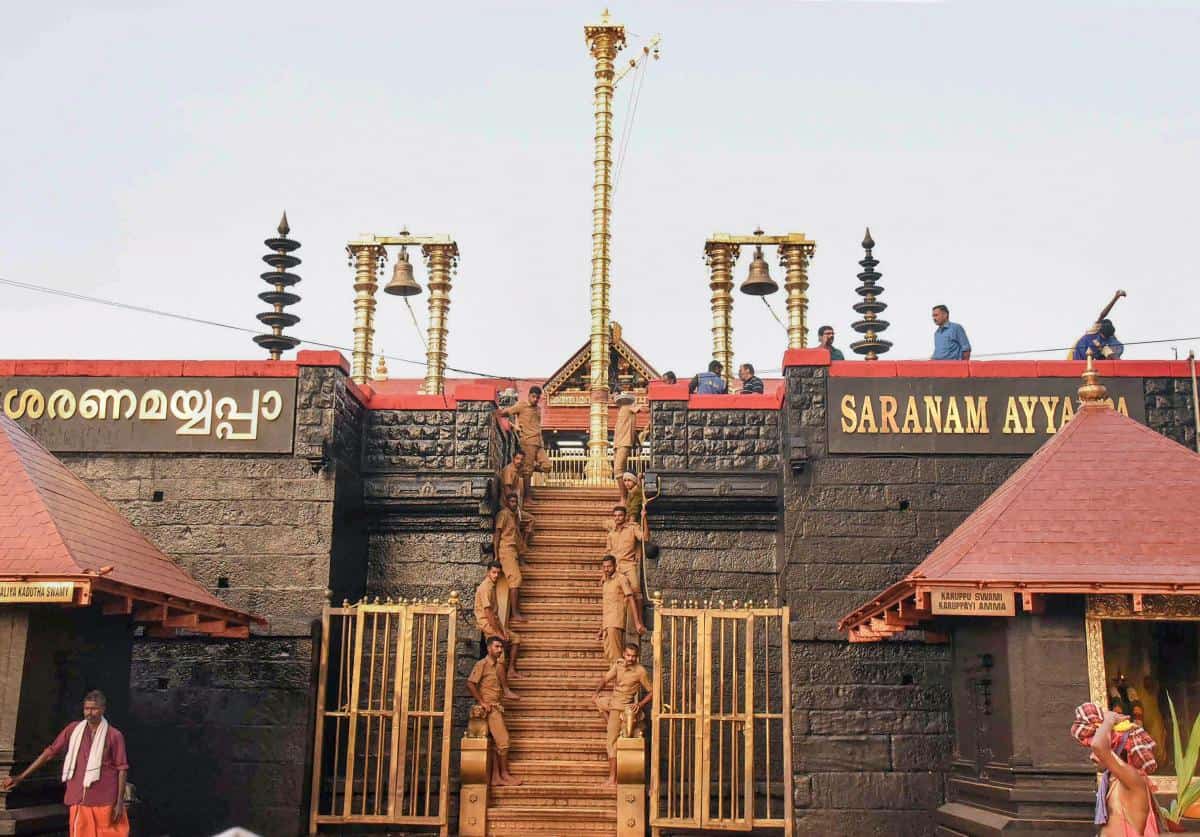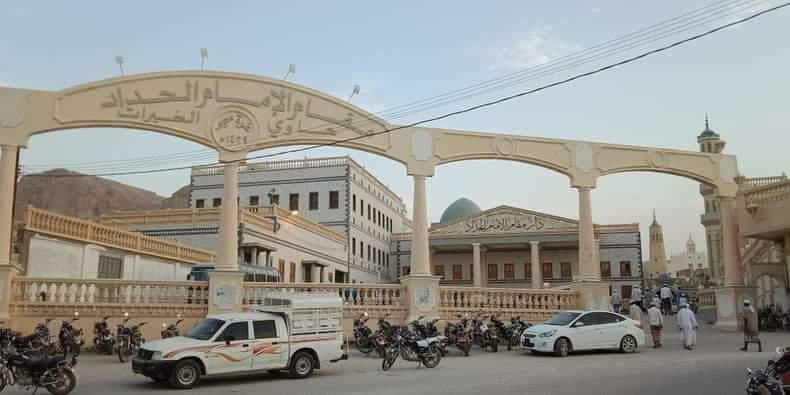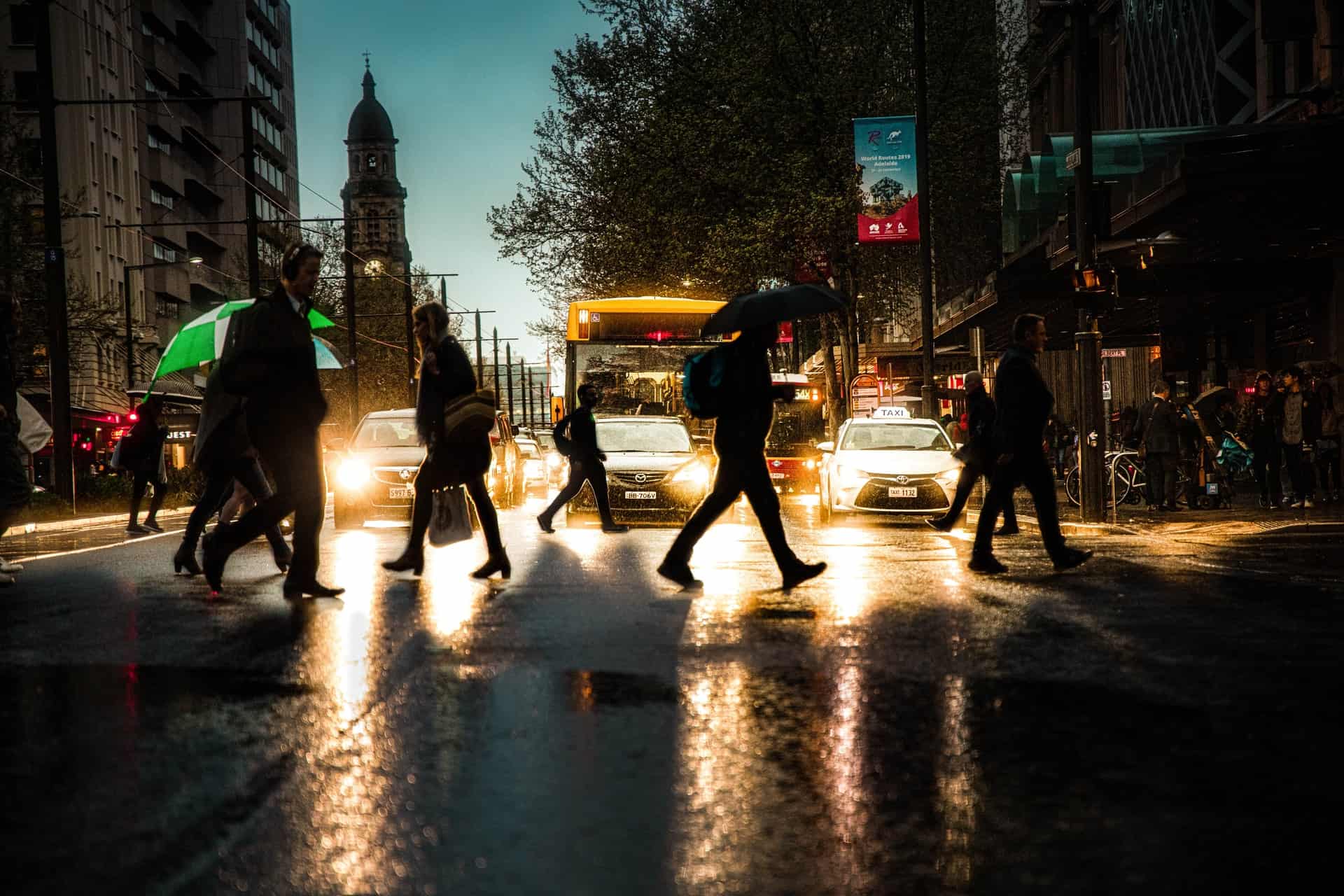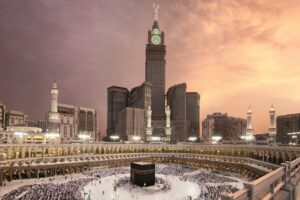Sensing the unrest in the state following the Supreme Court judgment on women’s entry to Sabarimala, public opinions and discussions on various notions of Sabarimala have been popularized. Kerala was always a fore-runner in the secular levels and a role model for other states in terms of accommodating religious diversities and adopting promotional measures for socio-religious minorities. Also it had played a vital role in redefining the misconceptions of caste system by eliminating the untouchability and discriminations in the religious rituals to a great extend. The socio-political spheres of Kerala was divided into two sects in the last two weeks in which the faction including the ruling party called for the implementation of supreme court verdict for the progressive nature of the temple and the opposition including the BJP,RSS and SKS lead by the Nair service society demanded the preservation of tradition. It is to be noted that the congress had made a confusing stand in the issue. The incidents witnessed in the state for past one month due to the supreme court verdict is more suspicious than the conflict between tradition and modernity. The shameless attempts to drive the turbulent context for the promotion of vested interests of political parties is worth of no justification. It was revealed that the attempts of the right-wing extremist political parties like BJP and RSS was to make communal riots by exploiting the faith and belief of the innocent believers by keeping a deliberate veil over the secular character of Sabarimala. The premise of the contemporary issues lies in nothing but the upper cast beliefs in purity, pollution and discrimination. The government and public intellectuals have sought to recall history to understand the Supreme Court verdict and emphasize the progressive character of the temple.
It is to be noted that the Sabarimala bears a beautiful history and tradition of secularism and equality, looming itself as a striking evidence of Kerala’s popular secular culture. It is belived that lord Ayyappa had a close friend, a Muslim called Vavar and In fact, a stopover at the Vavar masjid is an essential part of Sabarimala pilgrimage. That the masjid and temple co-exist in Sabarimala shows the spirit of unity, that these political parties, as well as the upper castes through their belief in purity and exclusion, are trying to destroy. Many devotees also visit the Arthunkal Church during their pilgrimage. The Sabarimala temple had a humble beginning. Forest dwellers used to go in flocks to the spot where their tutelary deity, Ayyanar, resided. The Malampantaram,Ullatar,Mannan and Narikkuruva tribes in the forest used to visit the shrine. The tribals now stake claim to the temple regretting their expulsion by the upper cast –led Travancore Devasvom Board. It is a fact that forest dwellers and tribals visited the spot with women and children. The Travancore Royal Devasvom Commision
[TRDC] was constituted in 1810 by Rani Lakshmi Bhai on colonel Munro’s advice, and thus came to own the temple. In 1850 the TRDC was dissolved and Travancore Dewaswom Board was constituted. It became the sole custodian of the temple and its properties and remains so still. But it was unfortunate that, in the process, the temple, once the destinations of tribals and lower castes, as well as the pilgrimage slowly came to be dominated by upper cast beliefs, customs and practices. Still the major part of the pilgrims is constituted by devotees from the lower castes of the southern states.`
The contemporary dialogues and debates taken place in the context of supreme court verdict deserves an analysis beyond the actual limits of the verdict. As if the tradition is the bone of contention, could the responsible authority ensure that the whole practices including the tradition of observing penance for 41 days and the restrictions on meat, alcohol and sex are strictly followed by the male pilgrims? In fact there was no restrictions on women’s entry until the Kerala high court upheld in 1991 the restriction of women aged between 10 and 50 into the temple. The court observed that women would be unable to do penance for 41 days due to menstruation. The ban was also based on the belief that Lord Ayyappa,a celibate, would not approve of young women flocking to Sabarimala. There is neither ritual sanctity nor any scientific justification for this stipulation. For the tribal people, menstruation was considered a symbol of fertility. Women and children went to the temple till sixties. Archival records also shows that young, upper caste women from the Travancore region entered the temple till eighties. While it may be conceived that they are abstained from entering holy places during menstruation, it is equally true that many of the male pilgrims today are least aware of observing 41 days of penance and they hardly observe the restrictions on meat, alcohol and sex. So, why did traditional observances bind for women alone? Even though those traditions itself are formulated in the passage of time.
Traditions change over time; they are re-interpreted and even invented. Sabarimala is no exception to this sociological phenomenon. Most legends and traditions about Ayyappa temple are fabrications of recent times, and incredibly in contrast to those of noble historical past. In reality, the traditions and beliefs taught us tolerance and love, not the expulsion and communalism as shown by the extremist groups who advocate themselves as the custodian of tradition and belief though violent mediums. Indeed no religion or traditions can progress without embodying the imperatives and call of times.










Post Comment